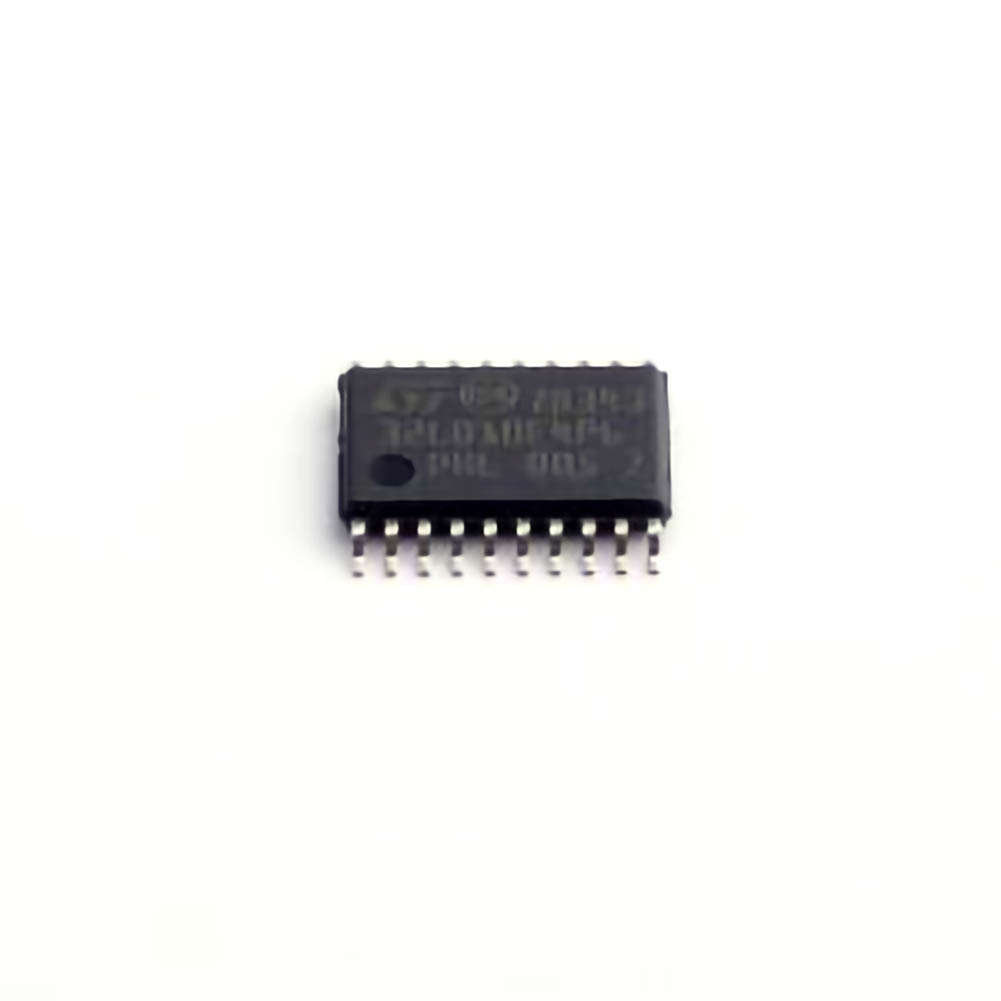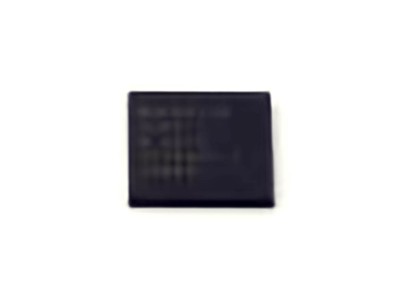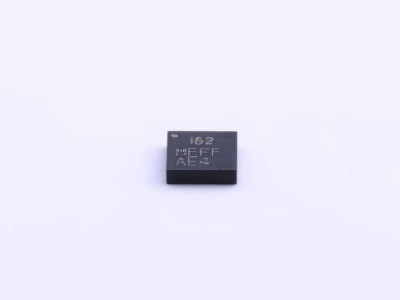
The STM32L010F4P6 microcontroller is a popular choice in embedded systems due to its low- Power performance and rich features. However, like any sophisticated piece of hardware, users may occasionally run into challenges during development. This article covers the common issues developers face when working with the STM32L010F4P6 and provides effective solutions to resolve them.
Understanding the STM32L010F4P6 and Common Issues
The STM32L010F4P6, a part of STMicroelectronics’ STM32 family, is a highly efficient microcontroller that boasts a 32-bit ARM Cortex-M0+ core. It is optimized for low power consumption, making it ideal for battery-powered devices and IoT applications. However, due to its diverse feature set and performance capabilities, users often face challenges in the development and deployment phases. To navigate these hurdles, it is important to understand the potential causes behind common problems and how to resolve them.
1. Power Supply Issues
One of the first areas to check when encountering issues with the STM32L010F4P6 is the power supply. Although this microcontroller is designed for low power, it still requires a stable supply to function properly. Common symptoms of power issues include:
Device not turning on: This can be due to insufficient voltage levels or unstable power input. Ensure that the voltage supplied to the MCU is within the specified range (2.0 to 3.6 V).
Unexpected resets or crashes: Power dips or noise can cause the microcontroller to behave unpredictably. Using a decoupling capacitor close to the MCU pins can help stabilize the power supply.
Solution:
Check the power input with a multimeter to confirm it is within the recommended operating range.
Use a stable voltage regulator to provide a clean power source.
Add capacitors (e.g., 10µF and 100nF) to smooth out voltage fluctuations.
Consider using low dropout regulators to prevent voltage dips if your system is battery-powered.
2. Incorrect Clock Configuration
The STM32L010F4P6 supports a variety of clock sources, including external oscillators and internal PLL (Phase-Locked Loop). If the clock system is not configured correctly, it can lead to various operational failures, such as:
System not running at expected speed: If the system clock is set too low or improperly configured, the MCU might not run as expected, resulting in slower processing speeds or even non-functionality.
Peripheral malfunction: Certain peripherals may not operate correctly if the clock configuration does not align with the requirements of the peripheral.
Solution:
Double-check the system clock settings in the STM32CubeMX tool or the firmware initialization code.
Ensure that the correct external crystal or oscillator is being used and that the corresponding clock source is configured properly.
Use the STM32CubeIDE debugger to verify clock settings in real-time and make adjustments as necessary.
3. Peripheral Initialization Errors
The STM32L010F4P6 comes with a wide array of built-in peripherals, including GPIOs, timers, UARTs , and ADCs. Improper initialization of these peripherals can lead to issues such as:
Non-responsive I/O pins: If GPIO pins are not configured properly (e.g., set as input when they should be output), the pins may not behave as expected.
Communication failures: UART or SPI peripherals may fail to communicate correctly if their baud rate, parity, or stop bits are not correctly configured.
Solution:
Use STM32CubeMX to automatically generate initialization code for peripherals, ensuring all settings are correctly configured.
Verify the correct pin mode (input, output, analog) and peripheral function (alternate function) for each GPIO.
Ensure that peripheral clocks are enabled in the RCC (Reset and Clock Control) register.
Double-check communication settings like baud rates, stop bits, and data lengths when working with UART or SPI interface s.
4. Firmware and Debugging Issues
Sometimes, the problem may lie within the firmware itself rather than the hardware. Common symptoms of firmware-related issues include:
Code execution halts unexpectedly: If the code enters an infinite loop or a hard fault, the program might seem to stop without any clear reason.
Incorrect peripheral behavior: Despite proper configuration, peripherals may not behave as expected due to firmware bugs.
Solution:
Use the STM32CubeIDE for debugging, setting breakpoints, and inspecting variables and registers in real-time.
Review the stack trace when the program halts to pinpoint any hard faults or illegal operations (e.g., accessing an invalid memory address).
Use printf-style debugging or a serial output to trace execution and identify where the code fails.
Advanced Troubleshooting and Solutions for STM32L010F4P6
Now that we’ve covered the most common issues, let's delve into more advanced troubleshooting strategies for resolving complex problems with the STM32L010F4P6 microcontroller.
5. Bootloader and Flash Programming Problems
The STM32L010F4P6 includes an embedded bootloader that allows the device to be programmed via serial or USB interfaces. However, issues related to flash programming or the bootloader can arise, such as:
Failed firmware uploads: If the bootloader fails to communicate with the programmer or debugger, the firmware may not be written to flash correctly.
Corrupted flash memory: Writing to flash memory too frequently or improperly can lead to memory corruption, causing the MCU to fail on startup.
Solution:
Make sure the bootloader is correctly invoked by ensuring the boot pins are set correctly during power-up (e.g., BOOT0 pin configuration).
If programming via serial, use a reliable USB-to-UART interface and ensure that the correct serial settings (baud rate, parity, etc.) are used.
Verify that the flash memory is not being corrupted by writing to the same memory location too frequently. Use wear leveling techniques if writing data over extended periods.
6. Low Power Mode Issues
The STM32L010F4P6 offers multiple low-power modes that allow developers to extend battery life in portable devices. However, improper configuration of low-power modes can result in the MCU not waking up as expected or consuming more power than intended.
Device not waking up from sleep mode: If the wake-up source is not correctly configured, the MCU might remain in a low-power state indefinitely.
Unexpected power consumption: Incorrect configuration of power modes can lead to higher-than-expected current draw, draining the battery prematurely.
Solution:
Review the power management settings in the STM32CubeMX tool and ensure that the system is configured to wake up from the appropriate interrupt or event.
Use the “Low Power” mode in STM32CubeIDE to monitor the actual power consumption and debug any discrepancies.
Ensure that peripherals that should remain active during low-power modes (such as RTC or watchdog timers) are correctly configured.
7. Communication Protocol Interference
The STM32L010F4P6 supports several communication protocols, such as I2C, SPI, and UART. However, these interfaces may suffer from interference or conflicts that result in communication failures. Common issues include:
I2C bus conflicts: Multiple devices on the same I2C bus may cause address conflicts, leading to communication errors.
SPI communication corruption: Incorrect SPI clock polarity or phase settings can result in corrupted data transmission.
Solution:
Ensure that each I2C device on the bus has a unique address. If necessary, adjust the addressing scheme to avoid conflicts.
Double-check the SPI settings, such as clock polarity (CPOL) and clock phase (CPHA), to ensure they match the requirements of the slave devices.
Use an oscilloscope to monitor the communication lines and detect any anomalies or signal integrity issues.
8. External Interference and EMI
Electromagnetic interference (EMI) is another potential problem when working with microcontrollers. While the STM32L010F4P6 is designed to be resilient to EMI, excessive noise in the environment can still disrupt its operation.
Erratic behavior or crashes: EMI can induce unpredictable behavior in the microcontroller, such as random resets or failure to communicate with peripherals.
Data corruption: EMI can cause random bits to flip during data transmission, leading to corruption.
Solution:
Implement proper grounding and shielding techniques to protect the microcontroller from external interference.
Use bypass capacitors to filter out high-frequency noise on power and signal lines.
Place sensitive traces away from high-current paths and noisy components.
Conclusion:
While the STM32L010F4P6 offers excellent performance in low-power applications, developers may encounter various troubleshooting challenges. By understanding the common issues, such as power supply problems, clock configuration errors, peripheral initialization failures, and more, and applying the appropriate solutions, you can minimize downtime and maximize the reliability of your embedded systems. Advanced debugging tools and careful attention to detail during development will ensure a smooth and successful integration of the STM32L010F4P6 in your projects.
If you are looking for more information on commonly used Electronic Components Models or about Electronic Components Product Catalog datasheets, compile all purchasing and CAD information into one place.


